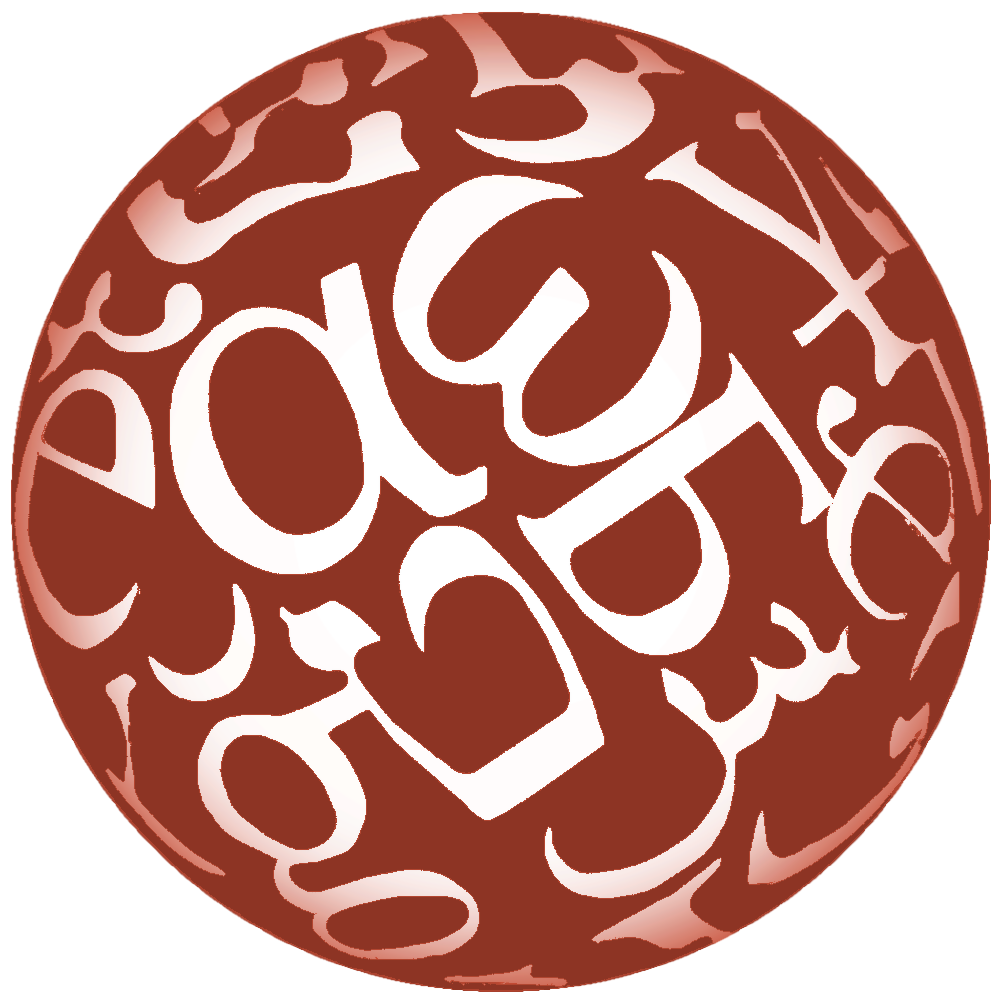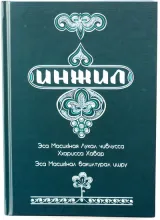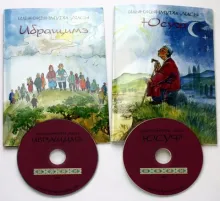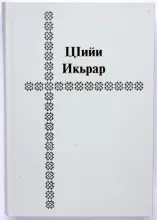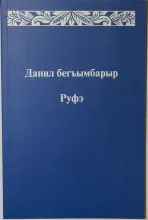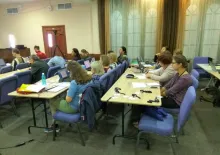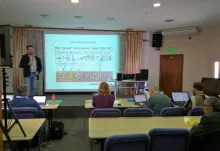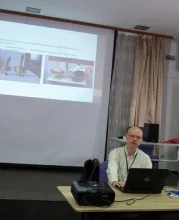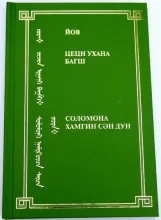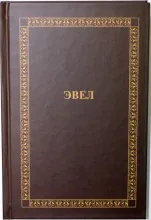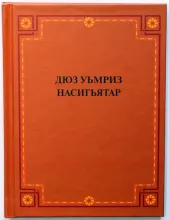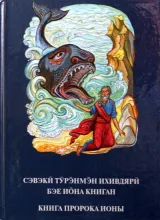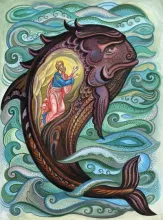newsletter-180419
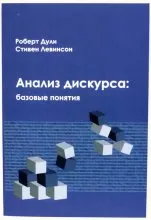
A Russian translation of Analyzing Discourse: A Manual of Basic Concepts by Robert A. Dooley and Stephen H. Levinsohn, linguists working with SIL International, is the latest scholarly edition published by IBT. This linguistic handbook was first published in English by SIL in 2000. The present edition was translated and contextualized by Russian linguists with the contemporary Russian speaker in mind.
The purpose of this book is to acquaint future field linguists with the basic concepts of discourse analysis, so that they can use them in analyzing linguistic material gathered in various languages. Having a sound grasp of textual discourse concepts and other principles of communication is necessary for studying a foreign language, doing lexical, semantic and morphosyntactic analysis, or carrying out practical tasks such as teaching, expressive writing or translating.
news-190319
IBT’s new Lak edition appears under the title Injil, the Arabic equivalent of the Greek term εὐαγγέλιον, which means "gospel, good news." It includes a revision of the Gospel of Luke and the first-ever publication of the Acts of the Apostles. The first Lak translation of Luke was published by IBT in 2003, and then reprinted in 2012. The translation is accompanied by footnotes with relevant cultural and historical information, as well as a glossary of key biblical terms and difficult Lak words, maps of the ancient Mediterranean world, and other supplemental materials.
news-140219
IBT has published another two Dungan-language editions from the series “The Lives of the Prophets”, this time on the stories of Abraham and Joseph from the book of Genesis. The first book in this series was the Noah story, published in 2016. The Dungan translations of the Abraham and Joseph stories are accompanied by a parallel Russian text, as well as by beautiful illustrations by Dungan artist Khalida Shimova and an audio recording on CD.
newsletter-240219

news-301118
The Institute for Bible Translation has published the New Testament in the Lezgi language with an official stamp of approval from the Institute of Linguistics at the Russian Academy of Sciences. This marks the completion of many years of work by talented Lezgi writers and poets, theologians, and scholars of the Lezgi language, including Dr. B. B. Talibov, Dr. M. E. Alekseyev, Dr. N. A. Abdulgamidov, Dr. Marianne Beerle-Moore, and others.
news-241018
Following quickly on the heels of last year’s presentation of the Kabardian translation of Proverbs in Nalchik, IBT has published yet another Scripture portion in Kabardian, the books of Daniel and Ruth in a single edition.
The Kabardian language, also known as Circassian or Cherkess, is spoken by approximately 516,000 speakers in the Russian Federation. It is one of the official languages of the Kabardino-Balkaria and Karachaevo-Cherkessia areas of southern Russia. Previous Kabardian Scripture editions include the New Testament, a revised version of Luke, Ruth, Jonah, and Proverbs. The current publication is a reprint edition of Ruth together with the first-ever translation of Daniel.
news-181018
How should a translator approach the Pentateuch, the first five books of the Bible, called “Torah” in Hebrew? How does one begin the translation of this foundational part of the Old Testament? How can translators avoid getting buried under the many minute details in the ancient text that modern readers are usually not aware of? How can one find the spiritual and meaning core of these texts? Without a doubt, any translator of the Pentateuch must face these questions.
news-151018
IBT has translated and published three more books of the Old Testament in the Kalmyk language – Job, Ecclesiastes and Song of Songs.
The Kalmyk people migrated from northwest China to the European part of Russia (the northwest corner of the Caspian Sea) in the early 17th century. Their language is closely related to Mongolian. They are traditionally nomadic cattle-herders, and are the westernmost ethnic group that practices Buddhism as their traditional religion. According to the 2010 census of the Russian Federation, there are more than 180,000 ethnic Kalmyks, with about 80,000 of them still speaking their native language.
news 100918
IBT has recently published two more Old Testament books in the Tabasaran language of Dagestan – Genesis and Proverbs. These follow on the heels of the Tabasaran New Testament (2010), Ruth/Jonah (2013), and Esther/Daniel (2016).
Because many Tabasarans are already somewhat familiar with several of the characters in Genesis from the Koranic tradition, the translation team used the familiar Tabasaran forms of their names in this edition. For example, Eve is known by the Tabasarans as Ghava, Noah as Nyugh, and Abraham as Ibraghim. Tabasarans also recognize the main author of Proverbs - the wise Suleyman, son of Davud. IBT hopes that both of these books will strike a resonant chord with many Tabasaran readers.
news-060918
IBT’s list of Scripture texts published in the Evenki language of Siberia has a new addition – the book of Jonah, the Old Testament prophet who tried to run away from God and spent three days and nights in the belly of a giant fish. This book was prepared as a diglot edition, with the Scripture text given in both Evenki and Russian (Synodal version). The publication also includes 13 illustrations that were originally drawn for the Chukchi edition of Jonah, which came out earlier this year.
